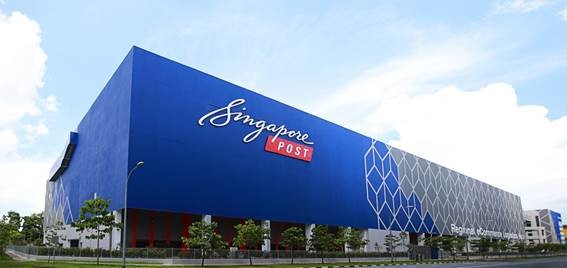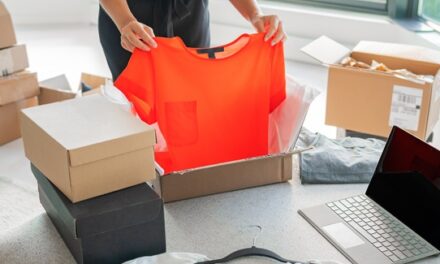
ReBOUND: Retailers should prepare for a sudden influx of returns

Retailers experienced a surge in returns in the last three weeks with a 48.4% increase compared to the previous three weeks, as concerns around the Omicron variant saw people’s festive plans change says returns platform ReBOUND.
ReBOUND, a Reconomy Group company, has seen a 64% rise in the volume of online returns this year, compared to 2020.
The recent announcements about Omicron have coincided with a huge number of consumers returning formal wear as work Christmas parties have been cancelled up and down the country.
In the first week of December when the government first muted the reintroduction of restrictions, the rate of returns of formal wear hit 51% and the volume of formal wear returns has continued to rise over the past three weeks.
With return rates for formal wear now 40% higher than this time last year, it’s clear the tightening of restrictions is playing havoc with retailers’ returns.
The data also shows that shoppers are returning their unwanted goods on average 5 days faster post pandemic and as new government restrictions were announced the tidal wave of returns began.
Online shopping typically sees a higher rate of return than in-store and while high streets have reopened, the sheer volume of returns remains high due to the pandemic-induced online shopping boom.
Graham Best, ReBOUND CEO, said: “Cancelled Christmas parties and concerns about the Omicron variant has driven fashion returns sky high as shoppers send back clothing they’ll no longer be wearing out. Traditionally we see a rise in fashion returns at this time of year thanks to post-Black Friday buyers’ remorse but this is far beyond usual levels, particularly for formal wear purchases. The pandemic is clearly far from over and there could still be further ramifications for retail on the horizon that could impact how shoppers buy or return. Retailers should be getting out in front and ensuring their returns processes are data-driven in order to prepare and manage any sudden influx of returned items.”











